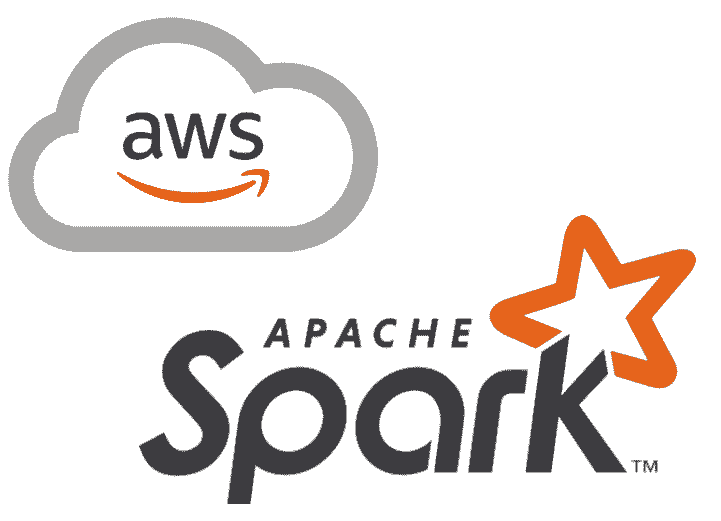How to run Apache Spark on AWS Lambda
Apache Spark is a powerful data processing engine that is well-suited for large-scale data processing and analytics. AWS Lambda is a serverless compute service that can run your code in response to events, such as changes to data in an S3 bucket or a message on an Amazon Kinesis stream. You can use Apache Spark on AWS Lambda to perform custom data processing and transformations in response to events, without the need to manage servers or infrastructure.
Here are the steps you can follow to use Apache Spark on AWS Lambda:
- Set up an AWS account:
- If you don’t already have an AWS account, sign up for one and familiarize yourself with the AWS Management Console.
- Set up IAM roles and permissions:
- Use the AWS IAM service to create and configure IAM roles and permissions for your Lambda function. This will allow you to control access to your resources and ensure that only authorized users can access your data.
- Create an S3 bucket:
- Use the AWS S3 service to create an S3 bucket to store your data. You can use this bucket as the source or destination of your data, or as a staging area for data transformation and processing.
- Set up an Amazon Kinesis stream or other event source:
- Use the Amazon Kinesis service or another event source, such as an S3 bucket, to trigger your Lambda function in response to events.
- Create a Lambda function:
- Use the AWS Management Console or the AWS CLI to create a Lambda function. You can use Python, Scala, or another supported language to write your code.
- Include the Apache Spark libraries in your function:
- You can include the Apache Spark libraries in your function by adding them to the deployment package for your function.
- Write your code:
- Use the Spark API to read data from your event source, perform transformations and aggregations, and write the results to your destination.
- Test and deploy your function:
- Use the AWS Management Console or the AWS CLI to test your function and deploy it to your event source.
Here are some advantages and disadvantages of using Apache Spark on AWS Lambda:
Advantages:
- Scalability:
- AWS Lambda can automatically scale your function in response to events, so you can process large volumes of data without the need to manage servers or infrastructure.
- Flexibility:
- Cost-effectiveness:
- Because you only pay for the compute time you consume, using Apache Spark on AWS Lambda can be more cost-effective than running a dedicated Spark cluster or using a serverless data processing service such as AWS Glue.
Disadvantages:
- Resource constraints:
- Cold start latencies:
- The first time a Lambda function is invoked after a period of inactivity, it can take longer to start up and initialize the Spark environment, which can impact the performance of your jobs.
- Complexity:
- Setting up and configuring Apache Spark on AWS Lambda can be more complex than using a managed service such as AWS Glue or Amazon EMR.
Some potential use cases for using Apache Spark on AWS Lambda include:
- ETL:
- Stream processing:
- You can use Apache Spark on AWS Lambda to process data streams in real-time, such as to perform analytics or trigger actions based on specific events or patterns.
- Machine learning:
- You can use Apache Spark on AWS Lambda to train and deploy machine learning models, such as to perform predictive analytics or classify data streams.
- Data pipelines:
- You can use Apache Spark on AWS Lambda to build custom
Checkout more interesting articles on Nixon Data on https://nixondata.com/knowledge/

